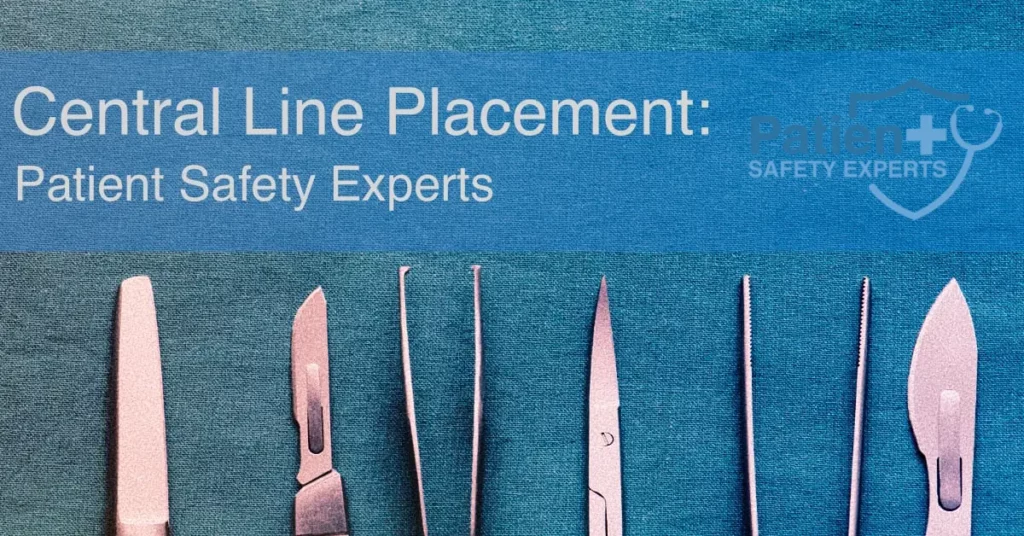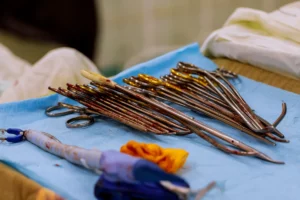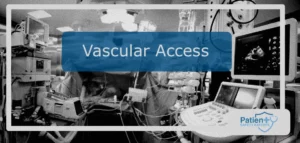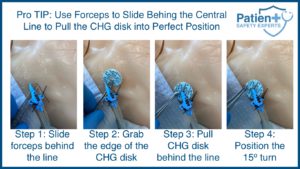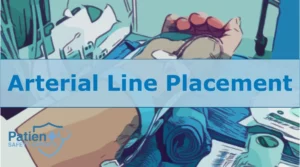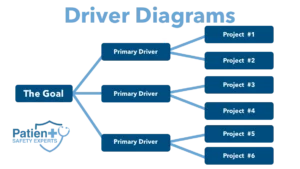If you practice inpatient medicine and insert central venous catheters, you have likely heard the term central line bundle but were not sure what the bundle was exactly. A bundle is a group of actions that help prevent central venous catheter infections when taken together.
As patient safety remains a primary concern in the healthcare sector, the continuous optimization of practices is crucial. One such practice, the central line bundle, has undergone significant enhancements over the years. In 2023, this approach stands out as a cornerstone in patient care, reducing the risks associated with central line-associated bloodstream infections (CLABSIs). In this article, we will delve into the central line bundle’s evolution and its vital components in 2023.
What is the Central Line Bundle?
A “bundle” in medical terminology refers to a set of interventions related to a disease process that, when executed together, result in better outcomes than when implemented individually. The central line bundle specifically focuses on best practices for inserting and maintaining central venous catheters (CVCs) to minimize the risk of infections.
For further information on the placement of central lines, check out our comprehensive guide on safe central line placement every time.
Components of a Typical Central Line Bundle:
- Hand hygiene
- Full-barrier precautions during insertion
- Skin disinfection
- Appropriate site selection
- Daily review of line necessity with prompt removal of unnecessary lines
The Evolution of the Central Line Bundle
Over the years, the central line bundle has evolved in response to research findings and technological advancements. Notably, in the last decade, there’s been a significant push towards using ultrasound guidance for CVC placements. This technique has proven to be safer and more effective.
Learn more about the nuances of this technique in our article on central line placement: ultrasound vs. manometry.
Milestones in the Evolution:
- Introduction of chlorhexidine for skin disinfection
- Emphasis on the subclavian site as the preferred insertion site
- Integration of ultrasound-guided placement
- Enhanced staff training and certification requirements
- Implementation of electronic monitoring systems for compliance
Key Components of the 2023 Central Line Bundle
The 2023 Central Line Bundle incorporates several best practices that healthcare institutions are urged to follow:
1. Enhanced Skin Preparation
Sterile techniques, including the use of alcohol-based chlorhexidine solutions, are now a standard practice. This measure has consistently shown to reduce the number of skin contaminants, thereby minimizing infection risks.
2. Ultrasound-Guided Insertion
Ultrasound guidance has revolutionized CVC placement by offering real-time visualization, reducing complications. To understand the depth required for proper placement, our post on how deep to insert a central venous catheterprovides valuable insights.
3. Regular Competency Assessments
Staff involved in CVC insertion and care undergo regular assessments to ensure they’re up-to-date with the latest techniques and best practices.
4. Daily Review
Each central line’s necessity is reviewed daily, and if no longer needed, it’s removed promptly. This practice minimizes the time a patient has a CVC, reducing infection chances.
5. Continuous Education and Feedback
Feedback mechanisms ensure that staff receives real-time information on their compliance with bundle components, reinforcing positive behavior.
Summary of 2023 Key Components:
- Comprehensive skin preparation
- Ultrasound-guided insertions
- Periodic competency evaluations
- Rigorous daily line evaluations
- Continuous staff feedback
Real-life Success Stories
In recent years, multiple healthcare institutions have reported significant reductions in CLABSI rates by adhering to the central line bundle’s best practices.
For instance, General Health Hospital in New York implemented the 2023 Central Line Bundle and reported a 50% reduction in CLABSIs within a year. Another, Riverside Medical Center in California, highlighted a 60% decrease over 18 months.
Such real-world results underline the bundle’s effectiveness when implemented comprehensively.
The Importance of Continuous Monitoring
Continuous monitoring and feedback are crucial for the bundle’s success. With the rise of healthcare analytics, hospitals can now utilize data-driven insights for quality and performance improvement.
To understand the role of analytics in healthcare further, our post on healthcare analytics for quality and performance improvement offers an in
-depth perspective.
Benefits of Continuous Monitoring:
- Immediate feedback promotes adherence to best practices.
- Data-driven insights facilitate targeted training sessions.
- Monitoring allows for prompt interventions, reducing potential complications.
- Enhances overall patient safety and outcomes.
Conclusion
The Central Line Bundle in 2023 represents a synthesis of years of research, technological advancements, and practical feedback. With its comprehensive approach towards CVC placement and care, it serves as a blueprint for healthcare institutions to minimize CLABSIs and enhance patient safety.
To further equip yourself with tools and guides related to patient safety, visit our collection at /posts-tools-and-guides/.
